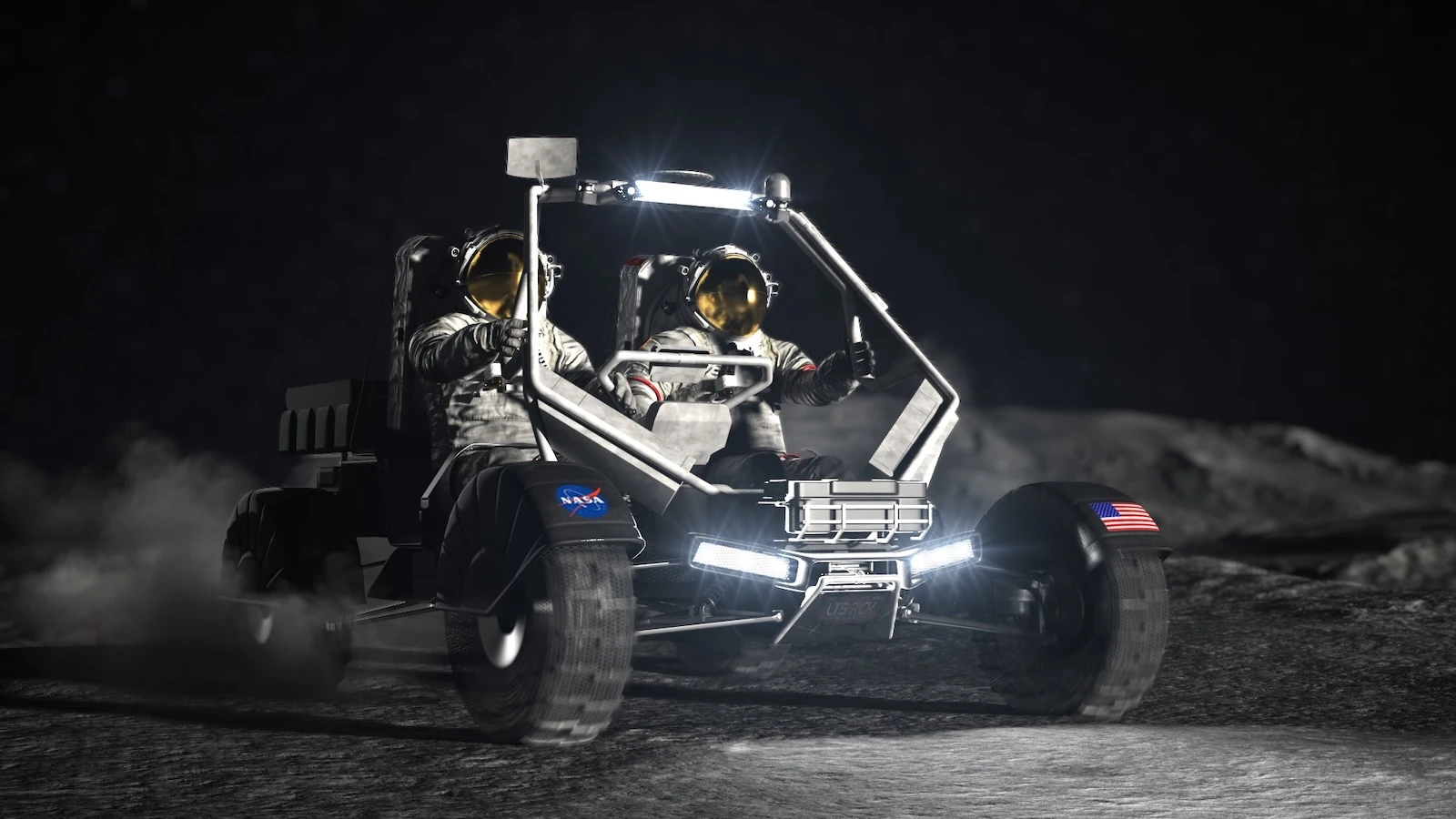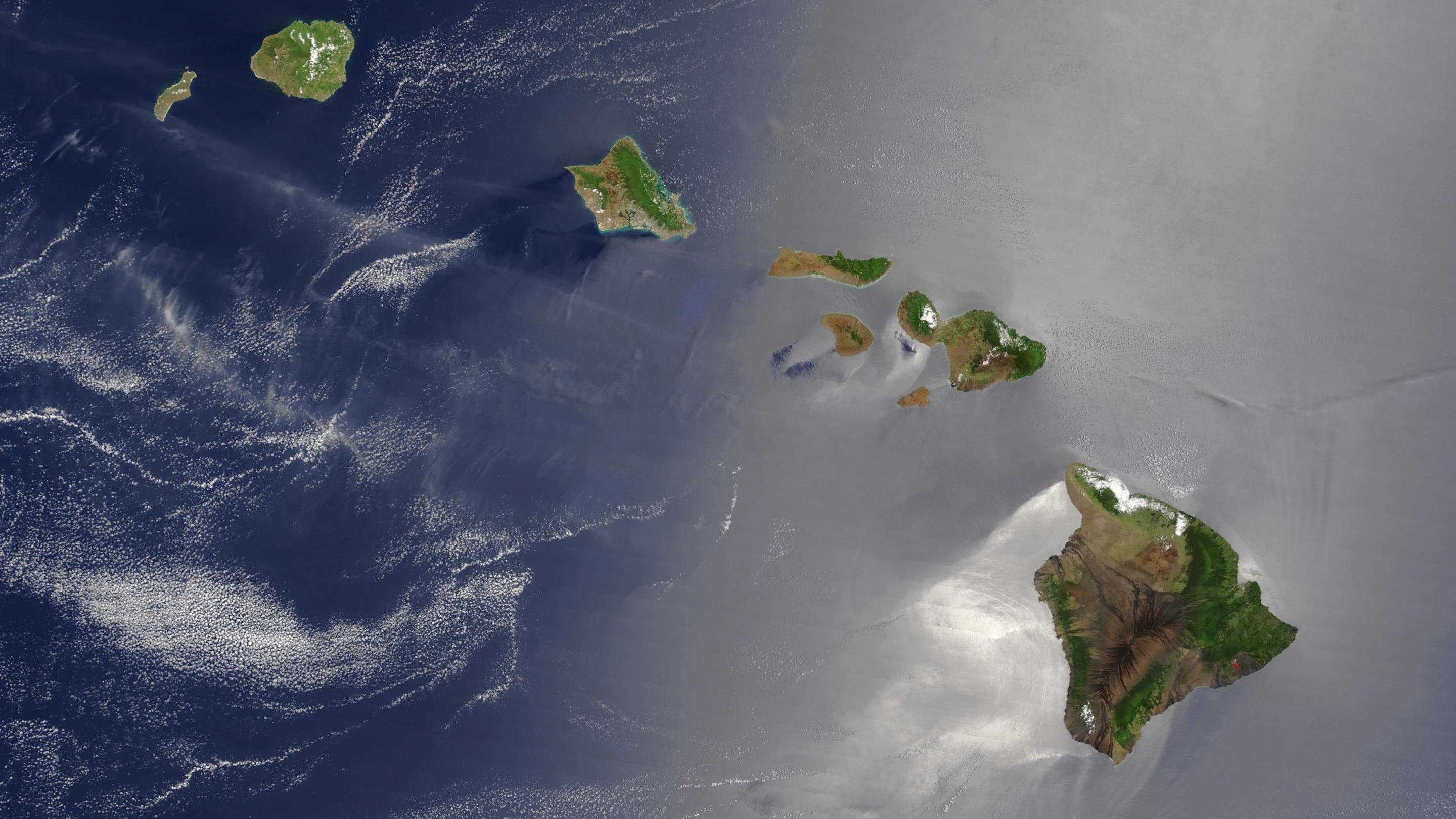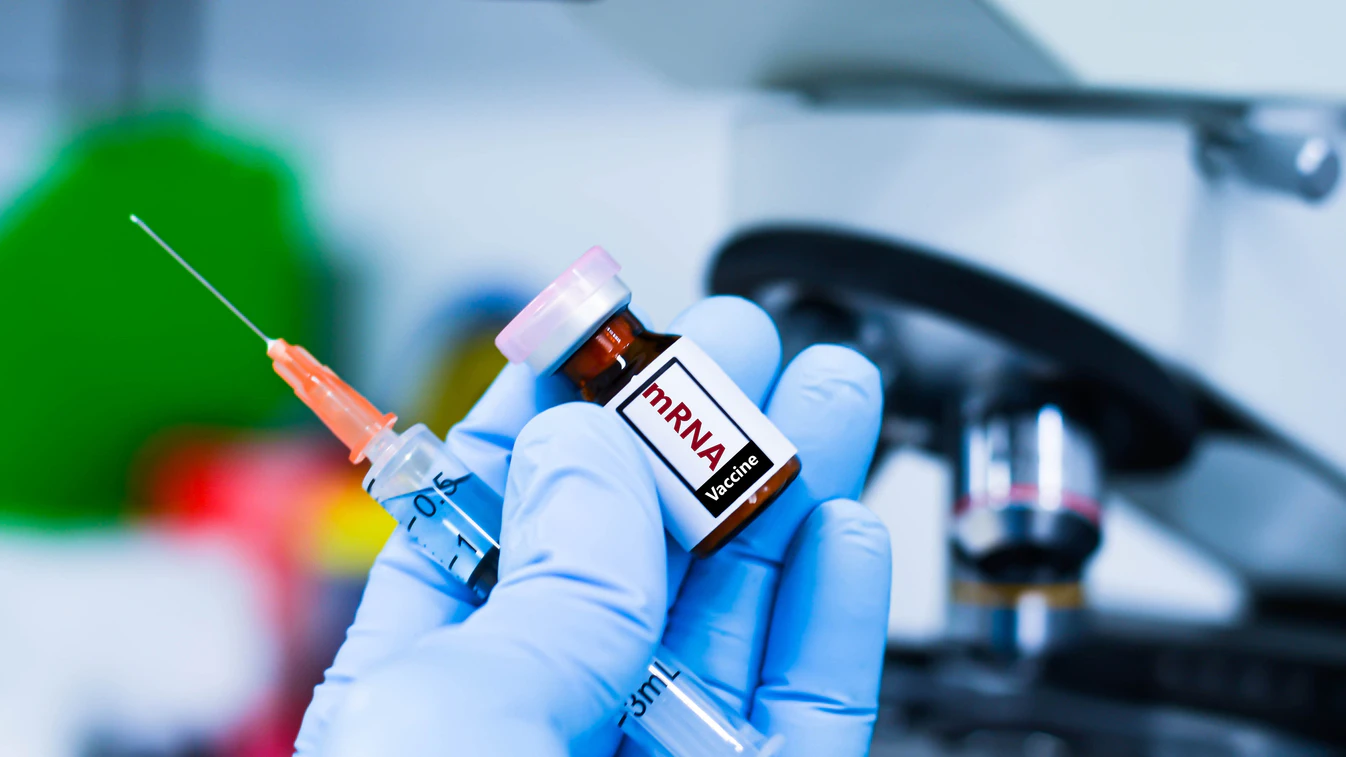One of the first crewed moon landings in more than half a century will carry technology made in Hawai‘i.
NASA’s Artemis lunar exploration program has plans for nine more missions to the moon, following the successful uncrewed Artemis I mission in 2022. The third mission, planned in 2027, will be the first time humans set foot on the moon since 1972.
Two missions after that, the 2030 Artemis V mission will be the first time humans have driven on the moon since 1972, thanks to a planned Lunar Terrain Vehicle.
That vehicle will carry two instruments to study the lunar surface and subterrane. One of those instruments, NASA announced last week, will be developed by University of Hawai‘i at Mānoa scientists.
“It’s very exciting and gratifying,” project leader Matt Siegler told Aloha State Daily. “It’s the first time UH is landing an instrument off the planet.”
The instrument in question is the Lunar Microwave Active-Passive Spectrometer (L-MAPS), which Siegler explained essentially uses ground-penetrating radar and microwaves to study the underground topography and composition of the moon, something he said will grant scientists a whole new perspective on the satellite’s creation.
“Until now, it’s like we’ve been using this 2D picture of the moon,” Siegler said. “But with this, we get a 3D picture … You can look at the surface of the moon use the craters to get a sense of how old it is. But if you find a buried crater that got filled in, that changes things.”
L-MAPS will be developed in partnership between the UH engineering team, NASA’s Jet Propulsion Laboratory and the Dresden University of Technology in Germany.
Siegler said UH’s involvement in Artemis is something of an underdog story. NASA opened a competition last year for proposed scientific instruments to be included on the Lunar Terrain Vehicle, with about 50 entrants, many of which have much longer track records for developing mission-ready instruments.
The other winner of the competition was Arizona State University, which proposed a sort of infrared camera that can be used to detect traces of ice on the lunar surface. While Siegler said this instrument complements L-MAPS nicely, he added that ASU has developed very similar instruments for missions to Mars, Europa, asteroids and other celestial bodies.
Meanwhile, the vehicle itself is still an unknown quantity. A separate NASA competition is still underway to determine the vehicle’s developer, with companies such as Lockheed Martin, Northrop Grumman, and NASCAR all having submitted proposals.
Siegler said part of the design brief for the Lunar Terrain Vehicle is the delivery system: the winner of the competition must also design the rocket that will carry it safely to the moon.
That competition will select a winner this November, Siegler said. Meanwhile, his team must have the instrument completed by early 2028, although he said NASA has been cagey about committing to a definitive launch date so far in advance.
While NASA has specified a 10-year operational life for the vehicle, Siegler said it will far outlive Artemis and, most likely, NASA itself.
“To think that our instruments will still be sitting there a billion years from now, unless some meteorite hits it,” Siegler said. “It’s incredible to know that something you worked on will have that kind of longevity.
“One day, maybe, they’ll put up a museum around it,” Siegler mused
For the latest news of Hawai‘i, sign up here for our free Daily Edition newsletter!





